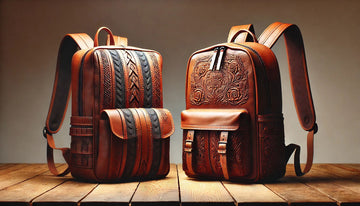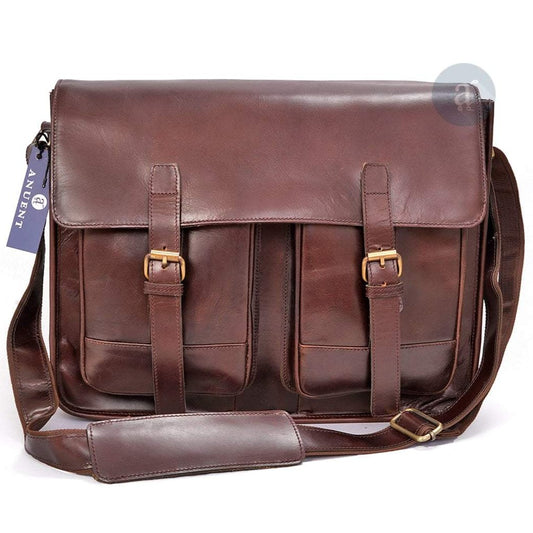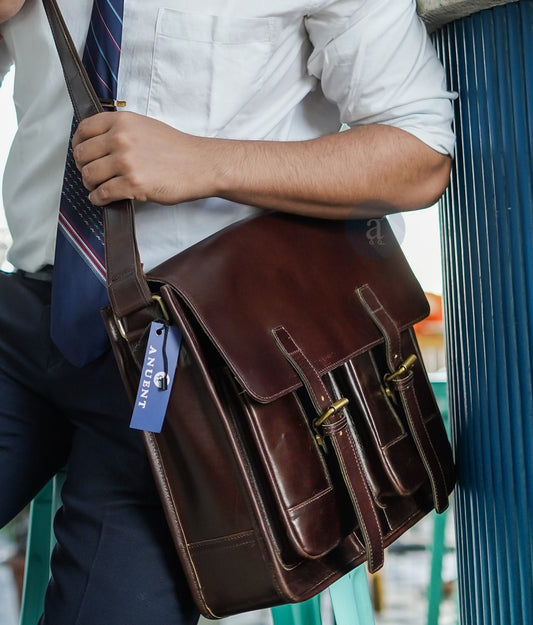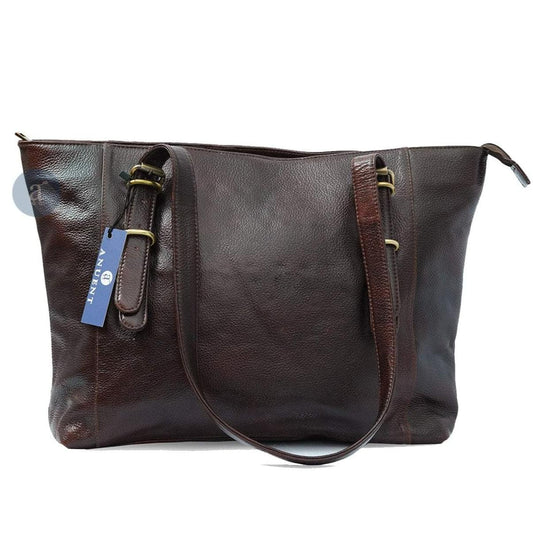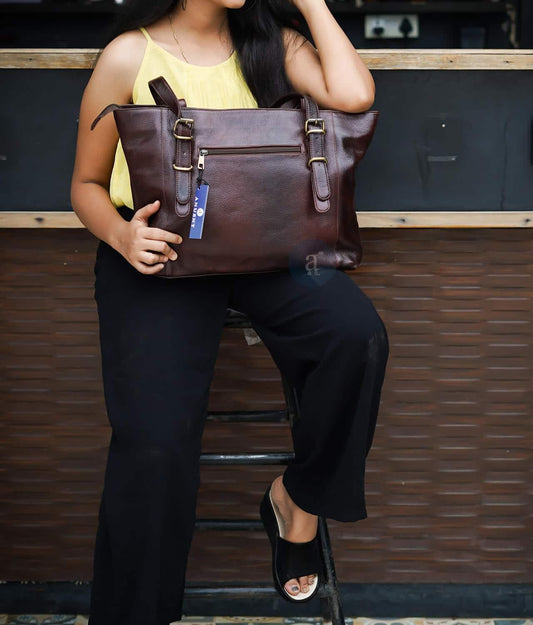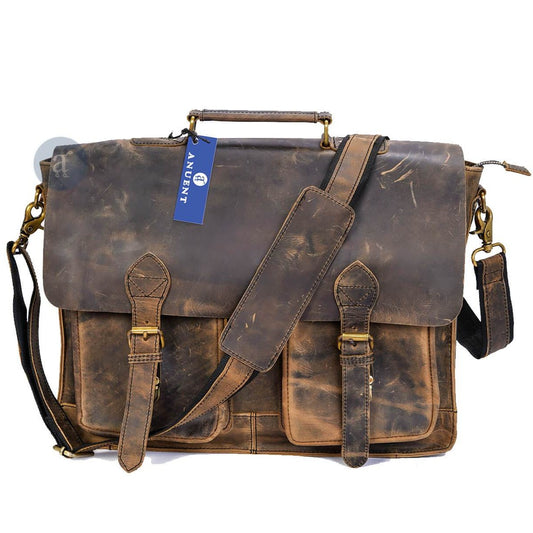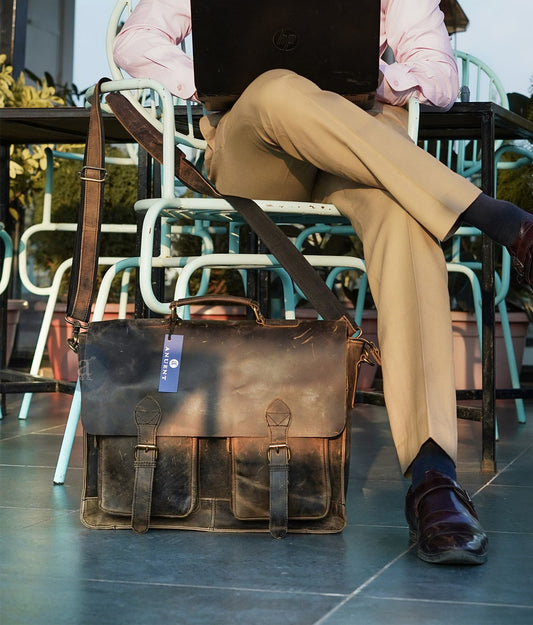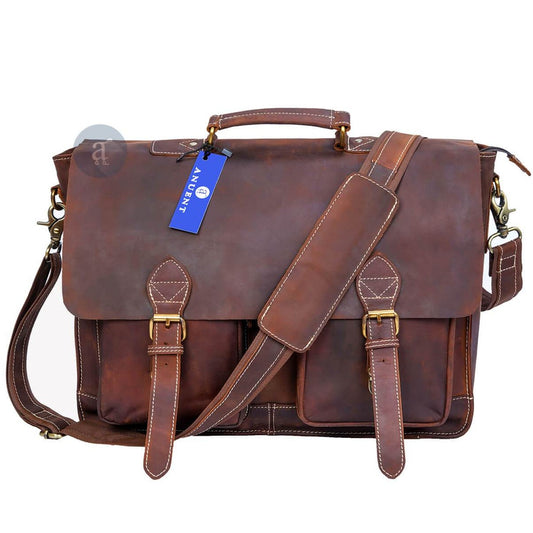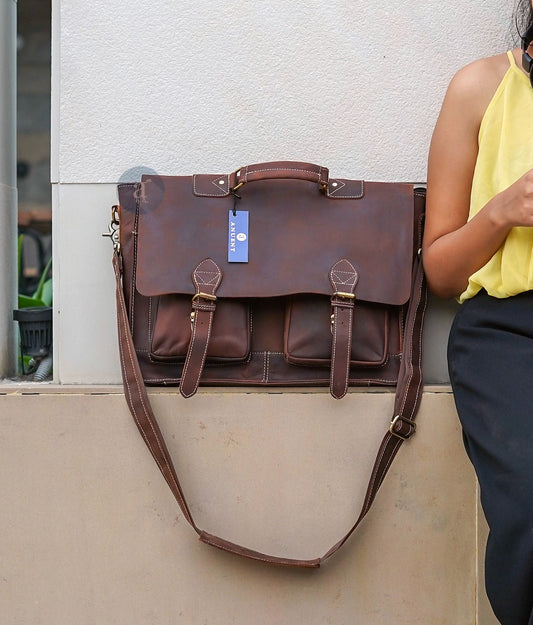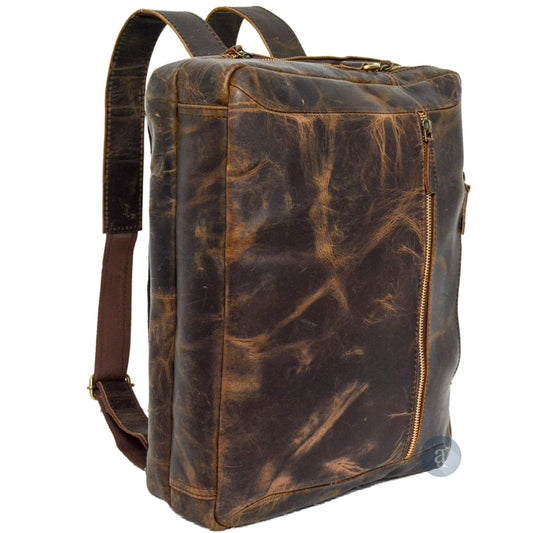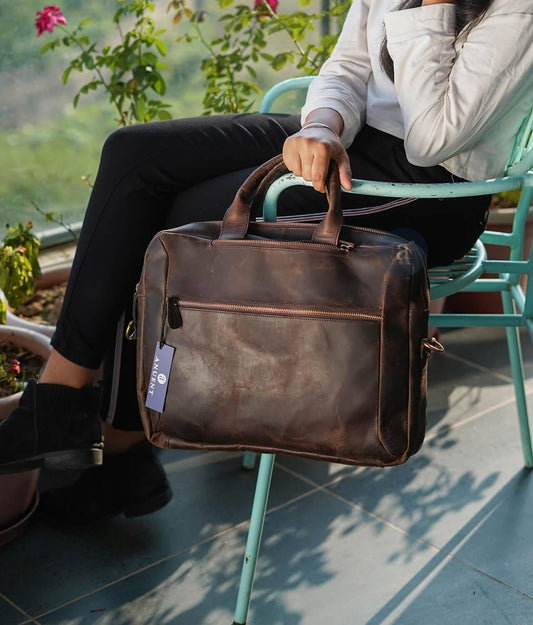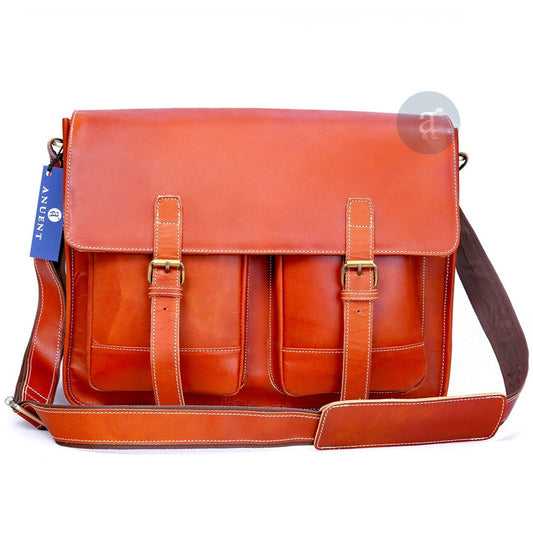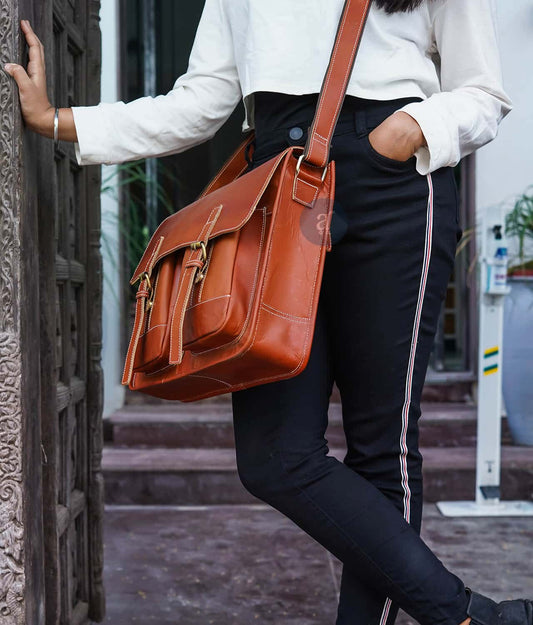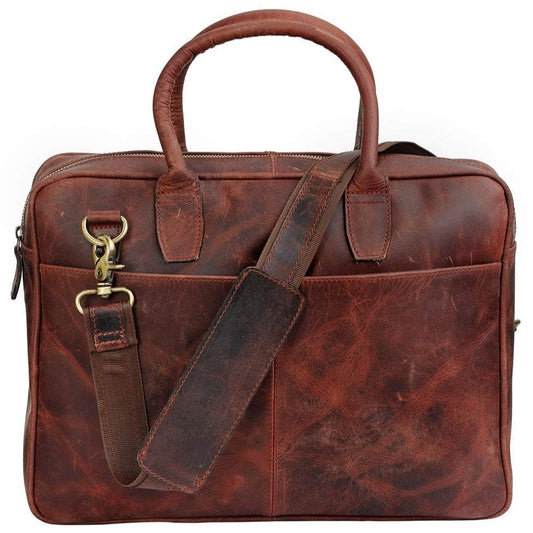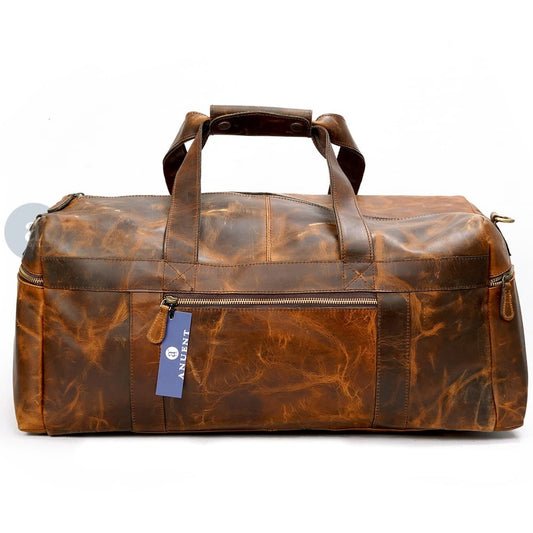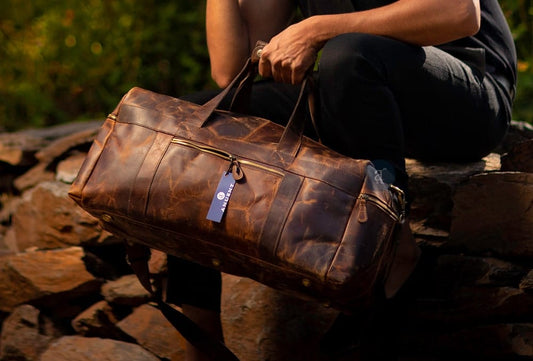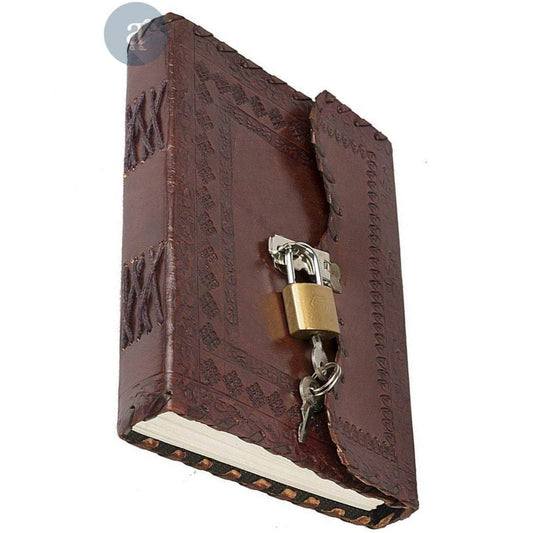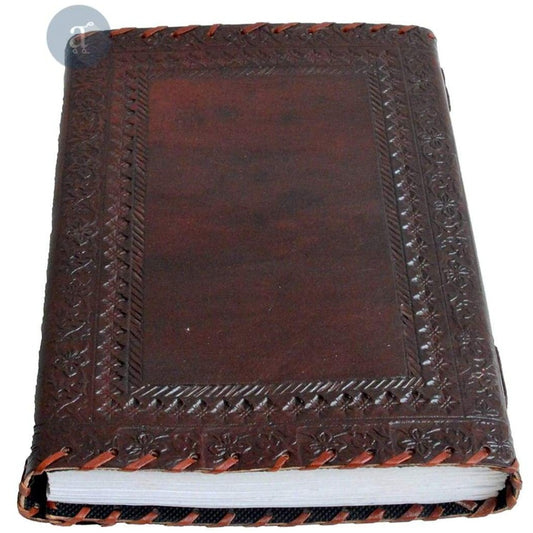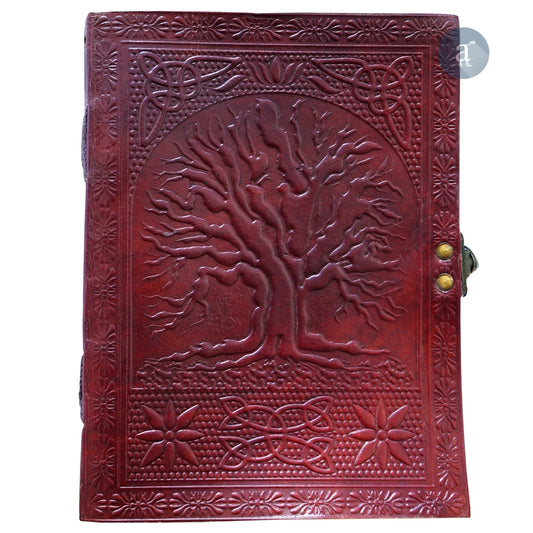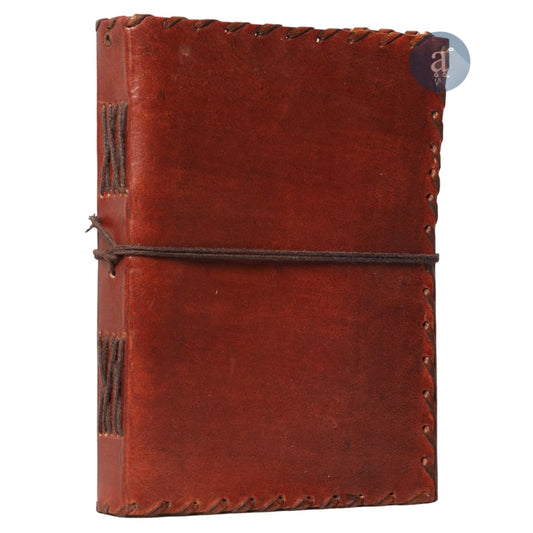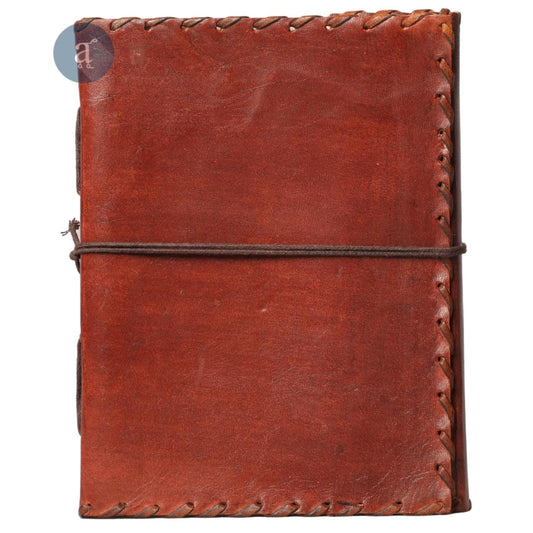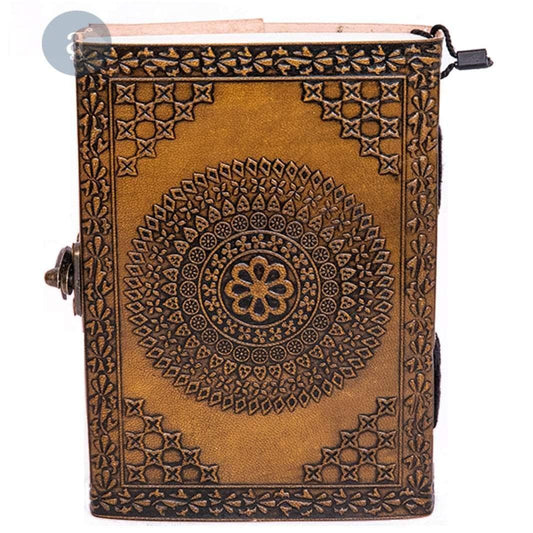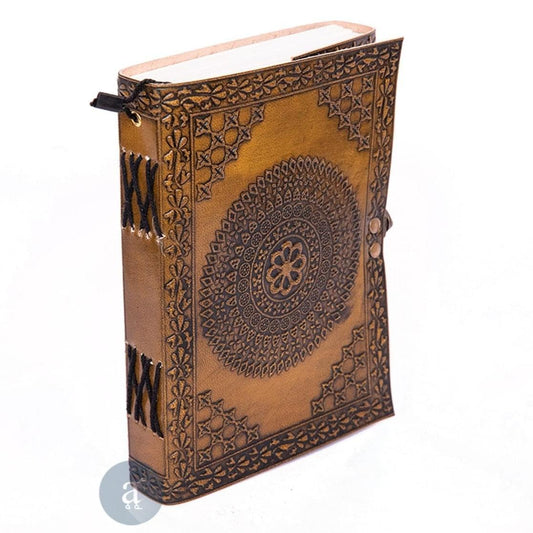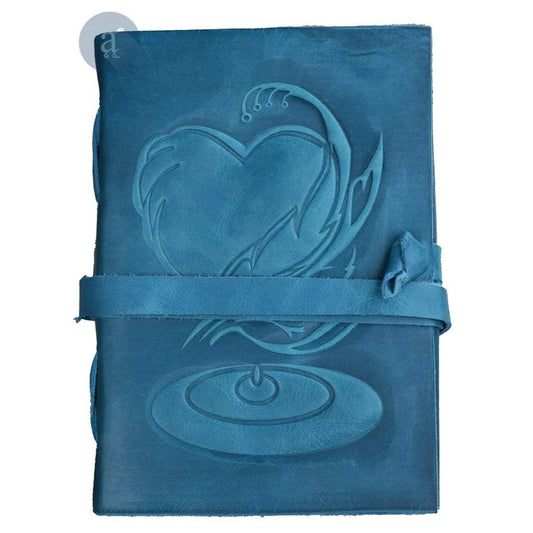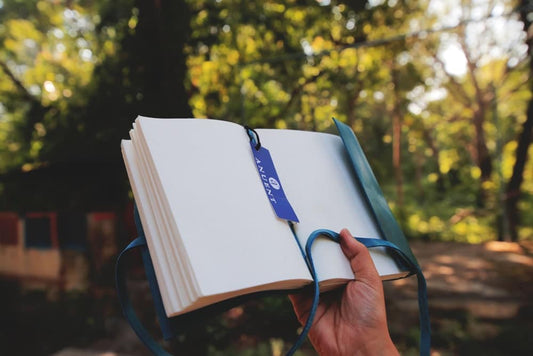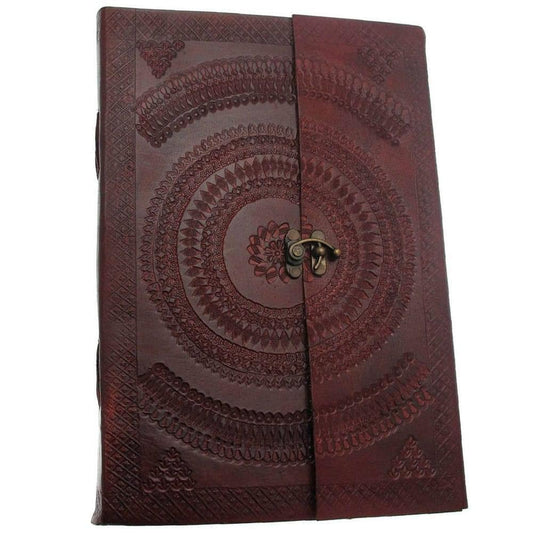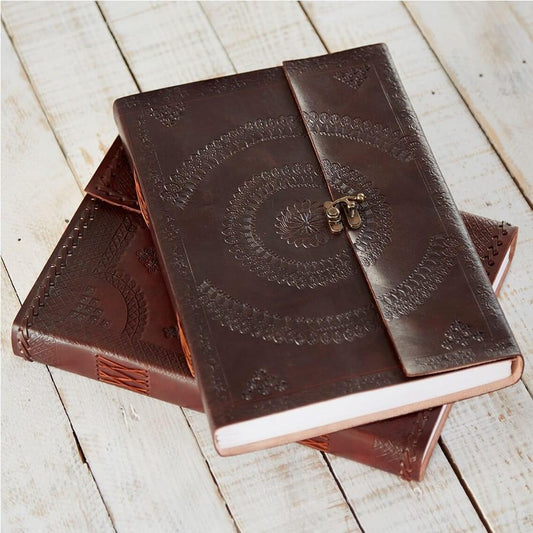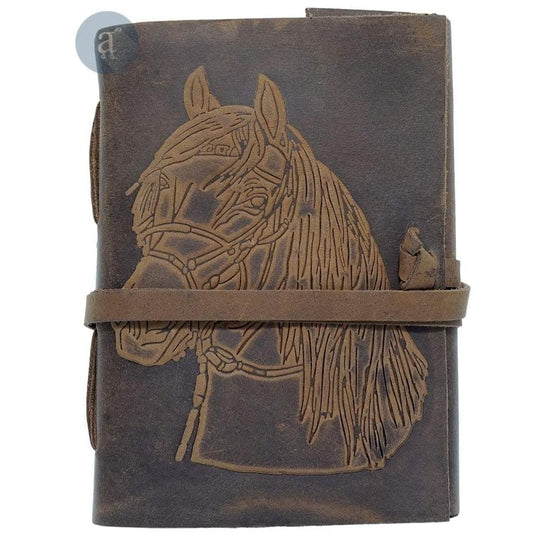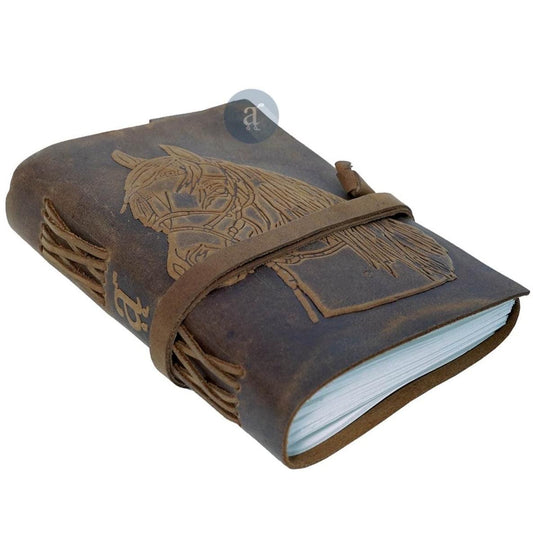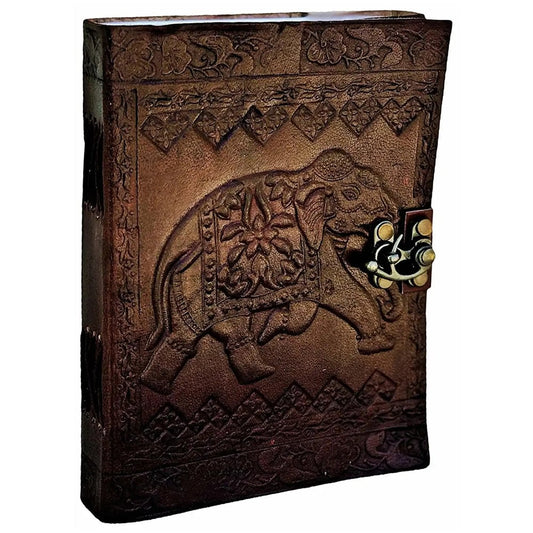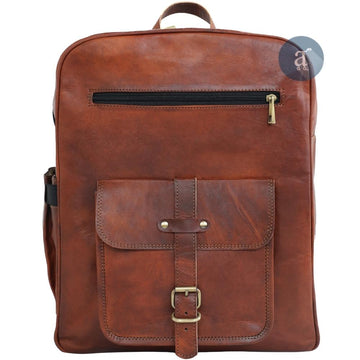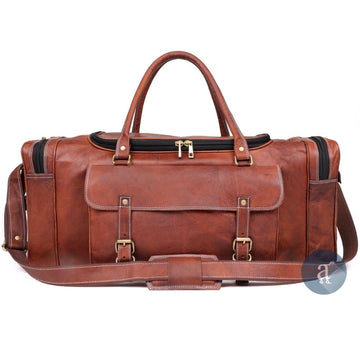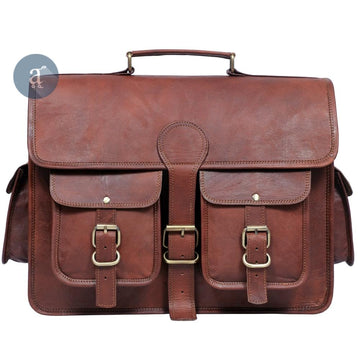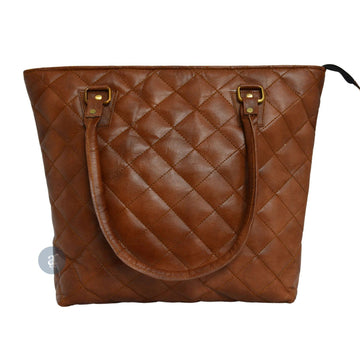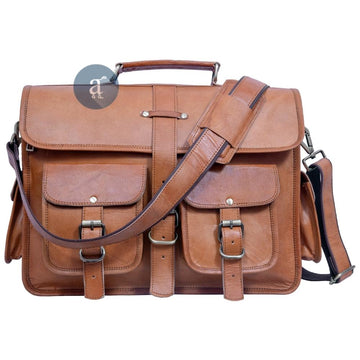Leather backpacks are more than just accessories; they are timeless pieces crafted with skill, precision, and artistry.
From selecting the finest hides to the final stitching, the process of making a leather backpack involves meticulous craftsmanship.
In this article, we will explore the step-by-step process of how leather backpacks are made, highlighting the expertise that goes into each piece.
Step 1: Selecting high-quality leather
The first and most crucial step in making a quality leather backpack is selecting the right type of leather.
Factors such as durability, texture, and grain are carefully considered.
-
Full-grain leather: The highest quality, known for its strength and aging beautifully.
-
Top-grain leather: Slightly processed but retains a smooth finish.
-
Genuine leather: More affordable but less durable than full or top-grain leather.
-
Vegan leather: An eco-friendly alternative made from synthetic or plant-based materials.
Step 2: Tanning the leather
Once the leather is selected, it undergoes a tanning process to enhance its durability and flexibility.
There are two primary tanning methods:
-
Vegetable tanning: A natural process using plant-based tannins, which gives the leather a rich patina over time.
-
Chrome tanning: A faster, chemical-based method that results in softer and more water-resistant leather.
Step 3: Cutting and preparing the leather pieces
After tanning, the leather is cut into precise shapes using specialized cutting tools and templates.
-
Craftsmen use hand-cutting techniques for precision or laser cutting for mass production.
-
Edge finishing ensures smooth and polished seams.
Step 4: Stitching and assembly
Once the leather pieces are cut, they are stitched together using strong nylon or polyester threads for durability.
This step involves:
-
Hand-stitching: A traditional method that ensures longevity.
-
Machine stitching: Used for faster production with uniformity.
-
Reinforced seams: Strengthens the backpack to handle weight and wear.
Step 5: Adding functional components
A leather backpack is incomplete without its functional elements, including:
-
Zippers and clasps: High-quality metal-like brass zippers for longevity.
-
Straps and buckles: Adjustable and padded for comfort.
-
Inner lining: Often made from soft fabric for added protection.
Step 6: Finishing touches and quality control
Before a leather backpack reaches consumers, it undergoes a series of finishing processes:
-
Polishing: Buffing the leather to achieve a smooth and refined look.
-
Waterproofing: Applying protective coatings to enhance longevity.
-
Quality Inspection: Every piece is checked for craftsmanship, durability, and imperfections.
Also, read The History of leather backpacks
Conclusion
The craftsmanship behind leather backpacks is a blend of tradition, skill, and innovation.
Every step, from leather selection to finishing, contributes to the durability and elegance of the final product.
Whether handcrafted or machine-made, leather backpacks remain a symbol of sophistication and longevity.
FAQs
1. What type of leather is best for backpacks?
Full-grain leather is the highest quality and is known for its durability and ability to develop a beautiful patina over time.
2. How long does it take to make a leather backpack?
Handcrafted leather backpacks can take several days to weeks, depending on the complexity and craftsmanship involved.
3. How do you care for a leather backpack?
Regular cleaning, conditioning with leather cream, and storing in a cool, dry place help maintain its quality and longevity.
4. Are leather backpacks waterproof?
Most leather backpacks are not naturally waterproof, but they can be treated with special coatings to enhance water resistance.
5. What makes handcrafted leather backpacks unique?
Handcrafted backpacks feature meticulous attention to detail, superior stitching, and a personalized touch that mass-produced options often lack.



